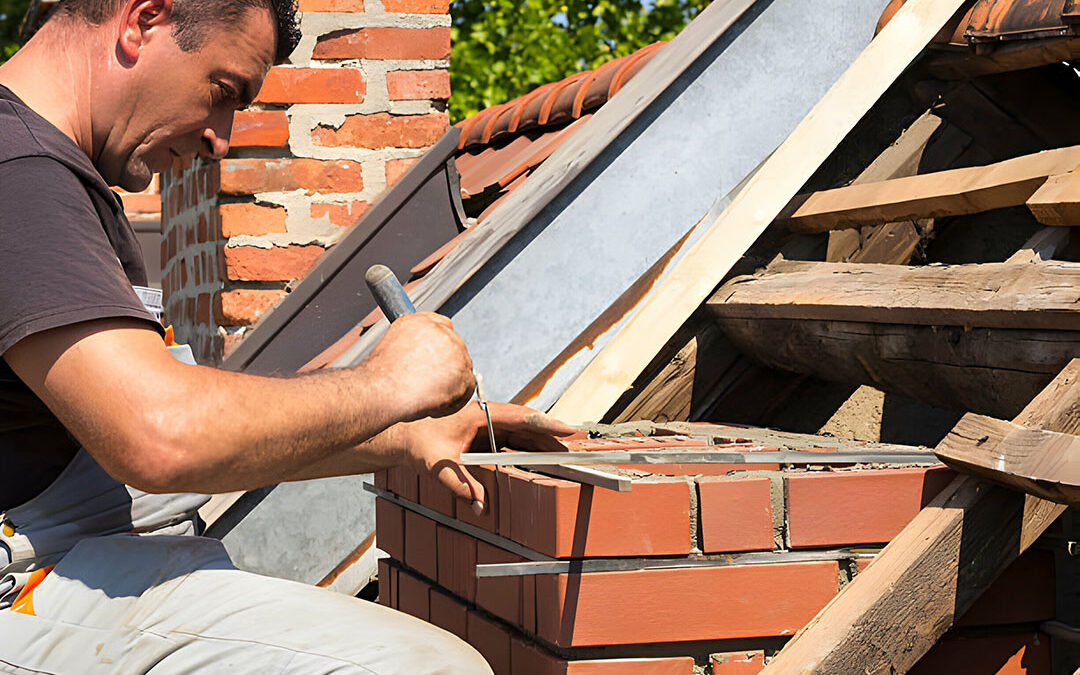Melbourne, a city rich in cultural heritage, is home to numerous historical buildings that showcase the architectural beauty of the past. These heritage homes, with their stunning brickwork, are a testament to the city’s vibrant history. However, over time, the harsh Australian climate, pollution, and neglect have taken a toll on these structures, necessitating brick repair and restoration. This article highlights the importance of brick restoration in heritage homes in Melbourne and explores the techniques used to maintain the historical brickwork.
Preserving History:
Heritage homes play a significant role in preserving Melbourne’s history and cultural identity. These buildings often serve as landmarks, telling the story of the city’s development and the people who shaped it. The use of bricks in construction during the late 19th and early 20th centuries was not only practical but also aesthetically pleasing. The brickwork found in these buildings reflects the craftsmanship of the time and is an integral part of their charm.
Importance of Brick Restoration:
Brick restoration is essential for maintaining heritage homes’ structural integrity and historical authenticity. Over time, bricks can deteriorate due to moisture, weathering, and pollution. Cracks, crumbling mortar, and damaged bricks compromise the building’s stability and detract from its visual appeal. Restoring the brickwork can preserve these historical buildings for future generations to appreciate and learn from.
Techniques for Maintaining Historical Brickwork:
1. Cleaning and Repairing:
The first step in brick restoration is cleaning the surface to remove dirt, grime, and biological growth. This can be achieved using various methods such as low-pressure water washing, chemical cleaning, or abrasive cleaning. However, caution must be exercised to avoid damaging the bricks or mortar.
After cleaning, damaged bricks and mortar joints need to be repaired. Cracked or broken bricks are carefully replaced, ensuring that the new bricks match the original ones in color, size, and texture. Similarly, deteriorated mortar is carefully removed, and fresh mortar is applied using traditional techniques to match the original appearance.
2. Tuckpointing:
Tuckpointing is a technique used to restore the appearance of damaged mortar joints. This process involves removing a portion of the deteriorated mortar and replacing it with new mortar. The new mortar is carefully matched to the original color and texture, giving the illusion of well-maintained brickwork. Tuckpointing not only improves the visual appearance of the brickwork but also strengthens the structure by providing a solid bond between the bricks.
3. Brick Repointing:
Repointing is a technique used to renew the mortar between bricks. Over time, mortar joints can deteriorate due to weathering and age, leading to weak and crumbling joints. The repointing process involves removing the damaged mortar and replacing it with fresh mortar. Careful attention is paid to match the original mortar in composition, color, and texture. Repointing not only improves the structural integrity of the brickwork but also enhances its visual appeal.
4. Consolidation:
In some cases, the bricks themselves may deteriorate due to age or exposure to harsh elements. Consolidation is a technique used to strengthen weak or deteriorated bricks. This process involves applying a consolidating agent to the surface of the bricks, which penetrates the porous material and strengthens it from within. Consolidation helps to prevent further deterioration and extends the lifespan of the brickwork.
Conclusion:
Preserving Melbourne’s heritage homes is crucial for maintaining the city’s cultural identity and architectural legacy. Brick repair and restoration play a significant role in ensuring these historical buildings’ longevity and aesthetic appeal. By employing techniques such as cleaning, repairing, tuckpointing, repointing, and consolidation, the brickwork in heritage homes can be maintained and restored to its former glory. By investing in brick restoration, we can continue to enjoy the beauty of Melbourne’s heritage for generations to come.

